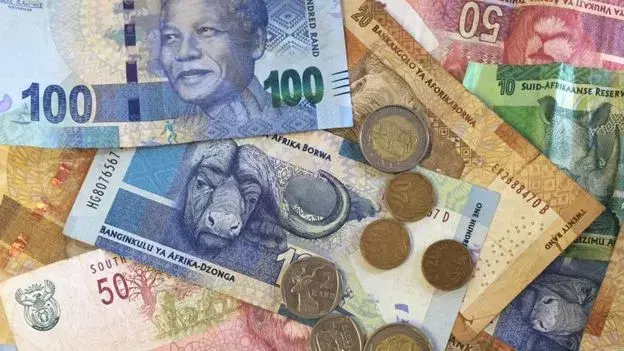2 mn read
Africa boasts a diverse range of currencies, each with its unique history and factors contributing to its strength against the US dollar. Here’s a look at the top 10 strongest African currencies:
- Tunisian Dinar (1 USD = DT 3.04)
Despite economic challenges, the Tunisian Dinar remains robust. Tunisia’s strict trade regulations and prudent financial policies have helped maintain its value. - Libyan Dinar (1 USD = LD 4.74)
The Libyan Dinar, in use since 1971, has a rich history, evolving from previous currencies like the Algerian franc and Italian lira. It stands as one of Africa’s strongest currencies. - Moroccan Dirham (1 USD = MAD 9.74)
Tied mainly to the Euro, the Moroccan Dirham benefits from strong trade relations with Europe. Introduced in 1960, it has Greek origins from the ancient “drachma.” - Botswana Pula (1 USD = P 13.18)
Reflecting political stability and a strong economy, the Botswana Pula, meaning “blessing” or “rain,” was introduced in 1976 and quickly became one of the strongest currencies in sub-Saharan Africa. - Seychellois Rupee (1 USD = SR 13.10)
The Seychellois Rupee benefits from a small population and a thriving luxury tourism sector. Since its introduction in 1914, it has remained stable, managed by the Central Bank of Seychelles. - Eritrean Nakfa (1 USD = NFK 15.00)
Eritrea’s Nakfa is pegged at a fixed rate of 15 Nakfa to 1 US dollar, ensuring stability and preventing significant depreciation. - Ghanaian Cedi (1 USD = GH 15.79)
The Ghanaian Cedi is recognized as the strongest currency in West Africa, reflecting Ghana’s stable government and growing economy. Despite inflationary pressures, it retains significant value. - South African Rand (1 USD = R 17.39)
The South African Rand is heavily influenced by the nation’s status as a leading gold producer. Established in 1961, it derives its name from the Witwatersrand region, known for its gold deposits.

